That being said, however, if you follow the instructions given in this guide, you can easily do a clean install or reinstallation of Windows 10 without much trouble. Please note that this method may not work on tablets that do not have an attached keyboard. It also assumes that your device has a working Internet connection. You can enter a product key from Windows 10 or from a matching edition of Windows 7, Windows 8, or Windows 8.1.
If you downloaded a Windows 10 ISO to install later, you need to create bootable Windows 10 installation media using an ISO burning tool. You can burn the Windows 10 ISO to a USB flash drive or a disc. You'll find instructions for both options below.
This option has been designed to reinstall Windows 10 when the recovery feature is not working with the local image or using a branded computer with a custom image. You can use the Media Creation Tool to do a fresh install on a device already running Windows 10. It's also possible to use the "Reset this PC" feature to quickly wipe out the hard drive and reinstall the operating system without the need for additional tools. Or, if the computer does not start, you can even use the Advanced startup options or mount the ISO file to File Explorer to complete a clean install.
Insert the Windows installation media you created into your computer and boot from it. How you do this depends on your computer, but most have a key you can press to initiate the boot menu. On a Dell PC for example, that key is F12.
If the flash drive doesn't show up as an option, you may need to restart the computer. Sometimes it will show up only if you've inserted the media before turning on the computer. If you see a message like, "press any key to boot from the installation media," press a key.
Select your language and keyboard style and click Next. Once you complete the steps, a clean installation will be performed using the local image. If this is a branded computer, the setup will restore all the original settings previously available with the device.
This means manufacturer-specific settings, drivers, applications, and tools. If you don't want to reinstall the custom image provided by the manufacturer, use the "Cloud Download" option . When you go there, click "Get started," and follow the instructions and prompts until you finally get to the download page.
Choose your language and whether you want to download the 32-bit or 64-bit version. I downloaded the 64-bit version, because I installed it on a 64-bit machine. Some people have reported problems with installing the 64-bit version with VirtualBox, but my installation went without a hitch. Write down where you downloaded the ISO file, because you'll need to know that later.
In the Install Windows screen, personalize your language, time, and keyboard preferences, select Next, and click Install Windows. However, the difference is that when you select this option, the setup will download a fresh installation image from the Microsoft server. ISO image file or how to burn Windows ISO to USB drive? If you want to do a new installation of Windows 10 then you can download the Windows 10 Windows Media Creation tool. This will automatically download Windows and create a bootable media like USB or DVD for you.
The media creation tool acts as a Windows 10 download tool plus a bootable USB builder. You can perform a clean install as well as upgrade your current installation. The Windows 10 setup comes in the form of an ISO file. An ISO is a single file containing all Windows 10 installation media.
The ISO file can be burned on a USB drive or a DVD drive to make the drive bootable. You can also extract the contents of the ISO file and install Windows from extracted files. But this limits your ability to clean install the Operating System. You will only be able to install the OS without formatting the primary C drive.
If you choose to install directly to a USB or disc, follow the onscreen instructions to complete your installation. If you're installing Windows 10 further down the line, read the next section on how to create bootable media. A clean install of Windows 10 is the recommended approach to upgrade to the latest version of the operating system. Go to the VirtualBox website, and download the latest version of Oracle's free, open source software.
Go through the installation process, and then launch the application. Press the "New" button, and name your virtual machine. The following methods need a Windows 11 ISO file to work. There also is a bit more complicated option where you set up the new hard drive with a system partition, and a boot partition.
Then you dism to apply a Windows 10 image to the boot partition and the bcdboot command to write the boot files to the system partition. Then install the hard drive into the target computer and it will boot right into the OOBE setup screen. The first and most obvious choice for creating Windows 10 installation media is the Windows Media Creation Tool. This application allows you to download the Home or Pro versions of Windows 10, and you can pick from the 32-bit or 64-bit version for both.
Following your selections, you can choose to install directly to a USB drive or download a single or dual-use ISO to install to a disc at a later time. To reinstall Windows 10, you must first be able to boot into the operating system. If you are unable to boot into Windows 10, you will not be able to reinstall the operating system without losing system files. Assuming you are able to boot into Windows 10, do so. You can then insert your drive or disc, or run an ISO image and mount it as a virtual DVD.
This effectively takes the .ISO file and reads it as if it were a real DVD, which is then accessible via My Computer (or "This PC"). My favorite program for doing this isDaemon Tools Lite - just be careful when installing this program as the setup file comes bundled with extra junk software. Another program I use isWinCDEmu; it's very light weight and easy to use. To use it, simply right click over top of the ISO file and then mount a drive letter.
To remove the virtual drive, right click the drive letter via My Computer or This PC and 'eject' the disc. Next, you need to create a virtual drive. Microsoft says that 16GB is the minimum space needed for the 32-bit version, but 20GB is required for the 64-bit version.
I decided on a 50GB virtual drive on my desktop, but feel free to make it as large as you need. Just be sure that you have enough space on your actual hard drive to handle the size of your virtual drive. Depending on what you intend to do with the OS, you may want to allocate more or less storage. Applications installed to a VM should be assumed to require the same amount of "real" storage that their standard installations would. After you create the virtual hard drive, you'll be sent back to the VirtualBox main screen. You'll be asked to "Select start-up disk." Head to where you downloaded the Windows 10 ISO file, click "Start," and the installation begins.
Install Windows 10 With Iso File Beginning with version 1903, Microsoft began offering feature updates for installation separately from security and reliability updates. The company says these updates will not be downloaded or installed automatically unless the current version is at or near the end of its support window. For more details about these changes, see "Windows 10 Home edition users are big winners as Microsoft overhauls its update process."
If you are running any unmanaged edition of Windows 10 using default settings, these feature updates are delivered through Windows Update. In versions prior to 1903, feature updates download and install automatically. You can schedule the installation for a more convenient time or postpone it for a few days, but you cannot delay the update indefinitely. After running the Media Creation Tool, choose Create installation media for another PC. By default, the pre-selected options choose an architecture (32-bit or 64-bit) that matches that of the current PC.
Open the drop-down list shown here if you want to choose a different architecture or download an ISO file that includes both architectures. This free download allows you to create a bootable USB flash drive directly. UUByte WintoUSB Pro is a famous third-party software for creating portable Windows 10 USB so you can directly run Windows 10 from external USB drive. The steps are straightforward and no hassle at all.
All the advanced settings are set automatically based on the ISO file you import and the USB drive you plugg in. WintoUSB pro analyzes the image file and hardware specs to choose the most proper options for making a Windows To Go USB drive. Actually, MiniTool ShadowMaker is more a data backup app than a bootable media creator. Usually, you have to rely on a professional and powerful tool to create a system ISO.
Such tools can pick up everything needed to build an image file from your computer and make sure the created ISO image is bootable. Below will take MiniTool ShadowMaker for example to show you how to make a bootable iso of existing windows installation. Windows 10 ISO images are available for download for everyone. Microsoft makes the ISO files available so that the users can download and clean install/upgrade Windows without any issues. Microsoft provides multiple ways to download and install the latest version of Windows. We will discuss some of the ways in detail in this article.
To complete your unattended Windows 10 installation media, follow the Make Windows 10 Installation Media section covered earlier in the article. You have a few options on the next screen. You can choose a Normal or a Minimal installation. For most people, Normal installation is ideal. Advanced users may want to do a Minimal install instead, which has fewer software applications installed by default.
In addition, you can choose to download updates and whether or not to include third-party software and drivers. I recommend checking both of those boxes. This will ensure that none of your system files or personal data are lost during the reinstallation. Windows 10 will then reinstall with all of your files intact. In order to install Windows 10, you'll have to create a virtual hard drive for installing it. So from the screen that appears after you've selected the amount of RAM, click "Create a virtual hard drive." Choose VDI as the file type.
Your best bet is to choose a fixed size. Click "Create" after you've made your choices. The conventional way to do a Windows installation is either use a DVD install disc or bootable Windows USB drive. However, what if you do not have access to either of those and you still want to install a copy of Windows 10 on your PC?
If so, how do you go about doing this without the help of either a DVD or USB flash drive? This article shows you a way to do either a clean install or a reinstallation of Windows 10 without using USB drive or DVD disc. In the "Windows 10 Setup" window, choose Upgrade this PC now if you want to upgrade Windows 7 or Windows 8.1 to Windows 10, and hit Next. To get Windows 10 ISO images, or to create a Windows 10 DVD disc or USB flash drive, choose Create installation media for another PC, and hit Next. Once you complete the steps, Rufus will run the automated script to download the Windows 10 ISO file from the Microsoft servers. Then you can use the tool to create a bootable media to install Windows 10 on a UEFI device without the need for the Media Creation Tool.
The utility offers two ways to make the installation media, including using an existing ISO file or downloading the image from the Microsoft servers directly from the app. On Windows 10, you can use at least two tools to create a USB bootable media. You can use the Microsoft Media Creation Tool to download the files onto a removable storage with support for both firmware types . Or you can use Rufus, a third-party tool that makes it easy to create a flash drive to install Windows with support for UEFI.
To boot from USB, you need to change the boot order in your computer's BIOS. Before you can install Windows using a USB, you need to create the installation media itself. This will be read by your computer once the USB flash drive is connected, allowing it to boot from USB. Below are the steps to create this bootable USB flash drive using the Media Creation Tool issued by Microsoft. Based on step 5 above, when it prompts "Which type of installation do you want?", you should select "Upgrade" to keep your files and settings.
If you select "Custom", you will have a clean installation and all of the files and settings of your previous version of Windows will be cleaned. The Go Back feature, which allows you to reinstall a previous version of Windows, is available for 10 days after upgrading to Windows 10 . The Windows installation files occupy a large amount of hard drive storage space during that time. The files are deleted automatically after 10 days. However, you can delete them manually if you want to free up storage space before then. Now, choose the options you want to include in your unattended installation.









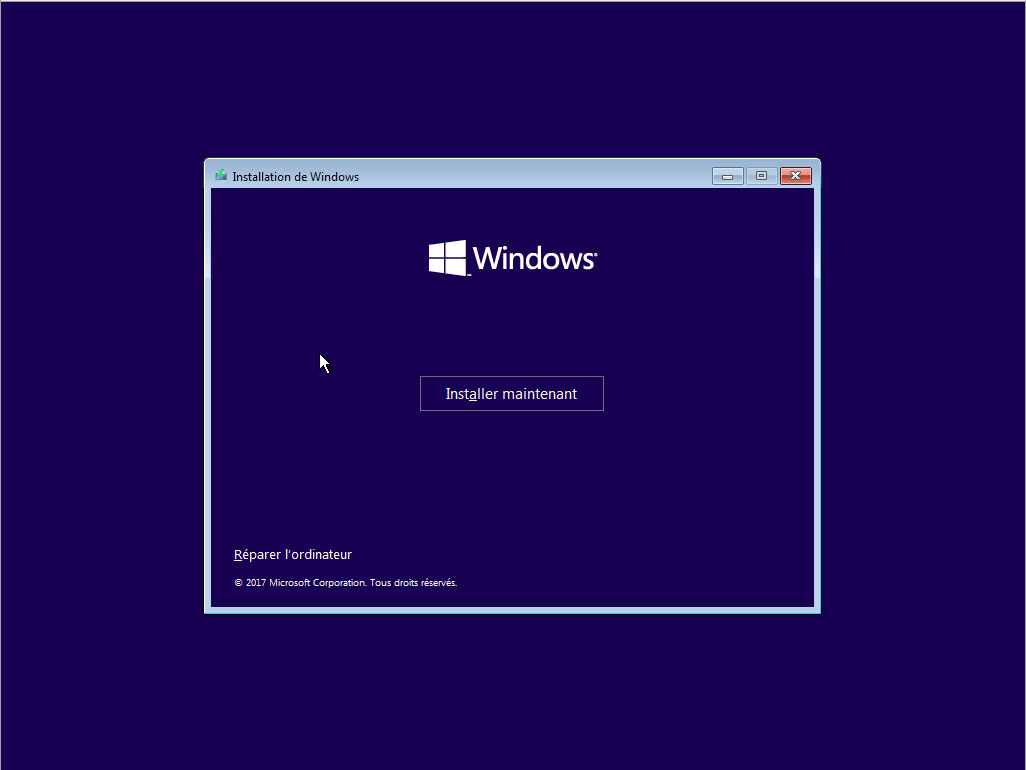
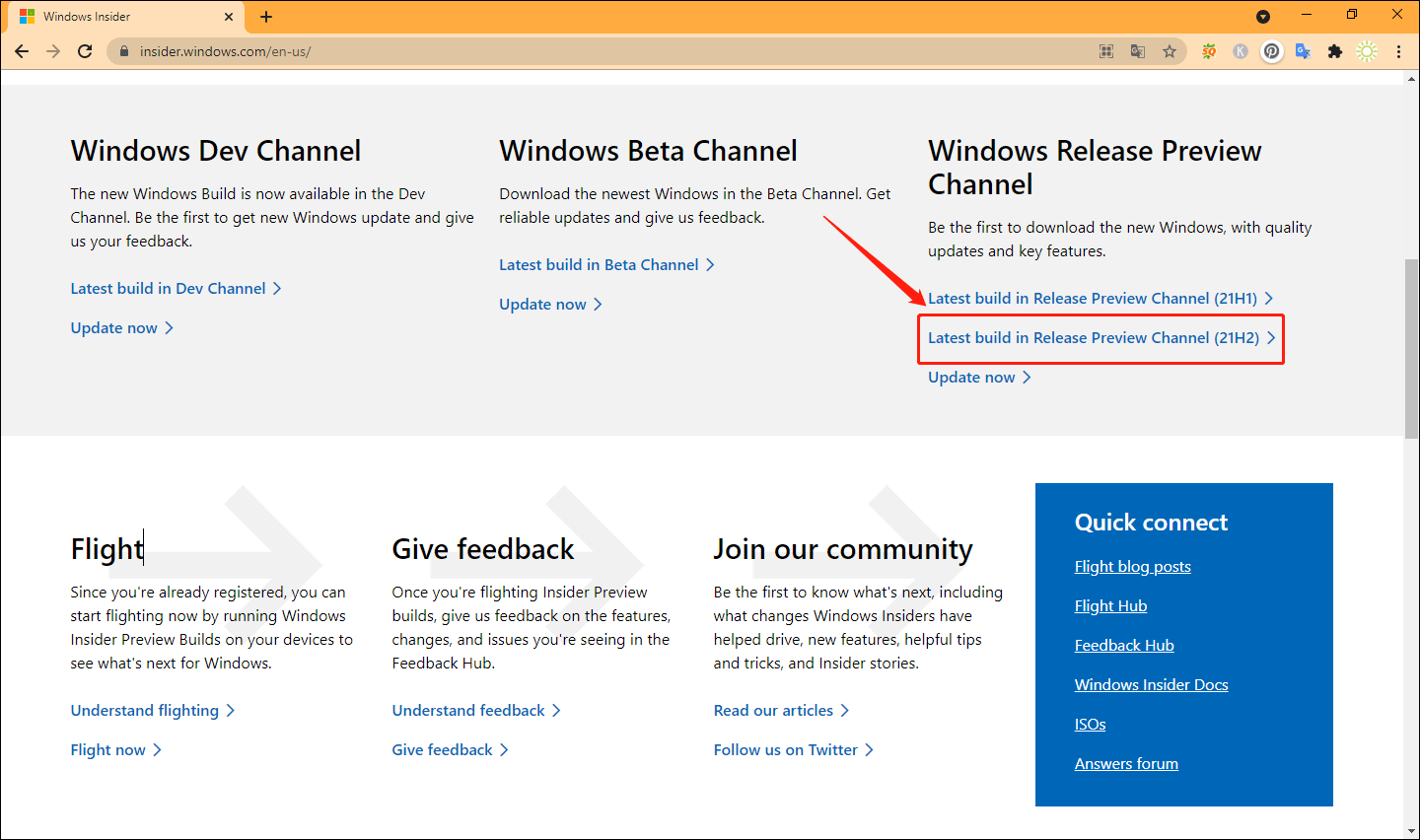




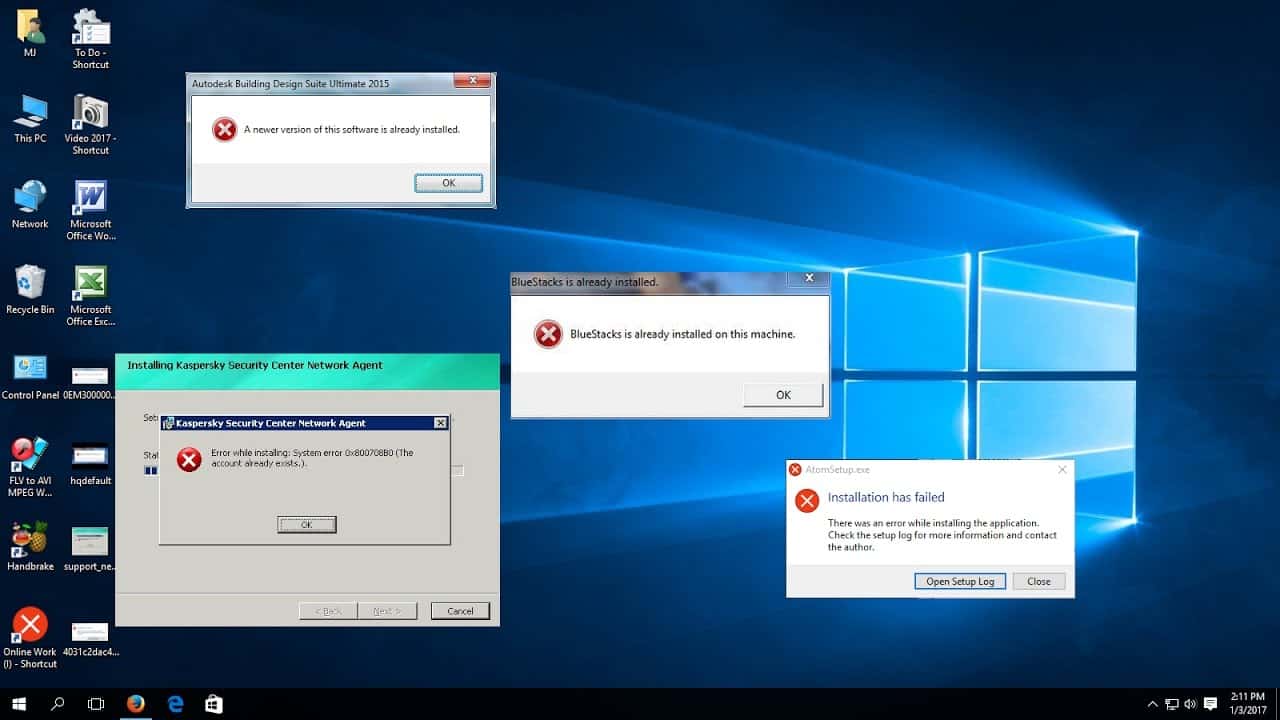


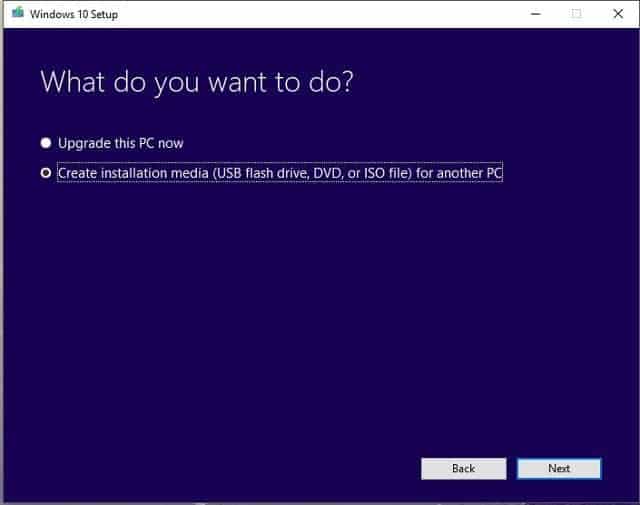


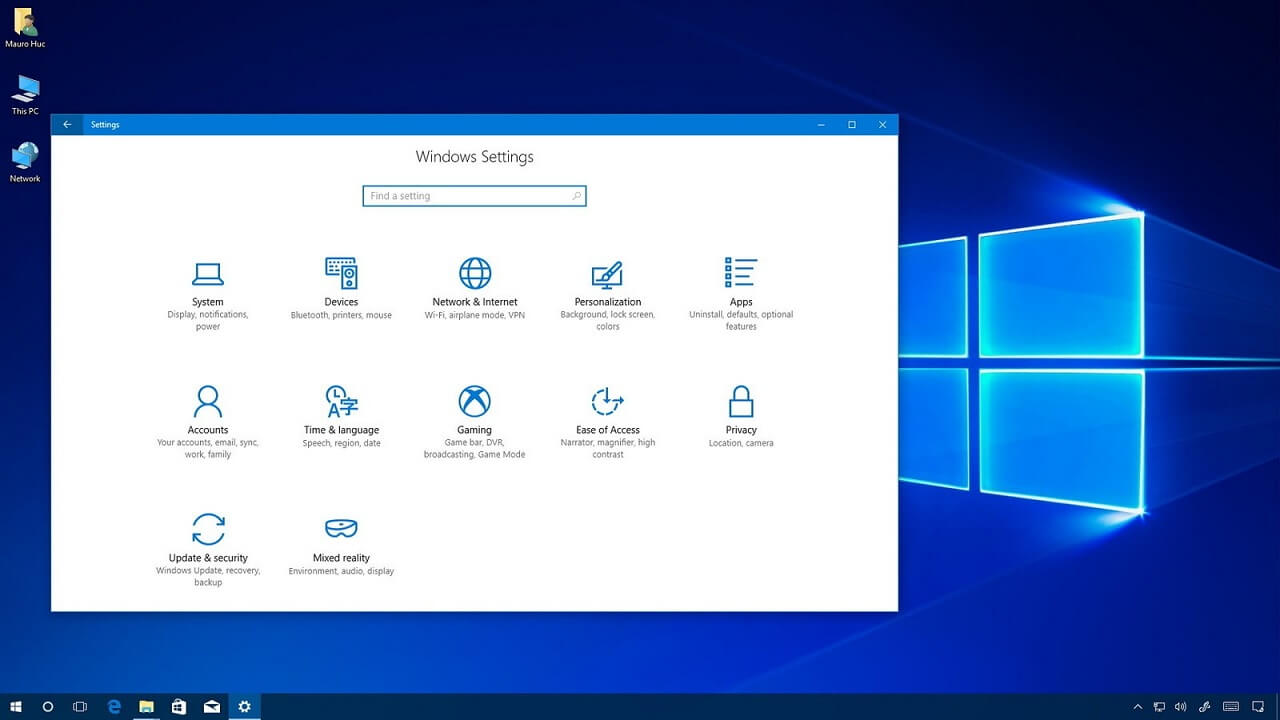
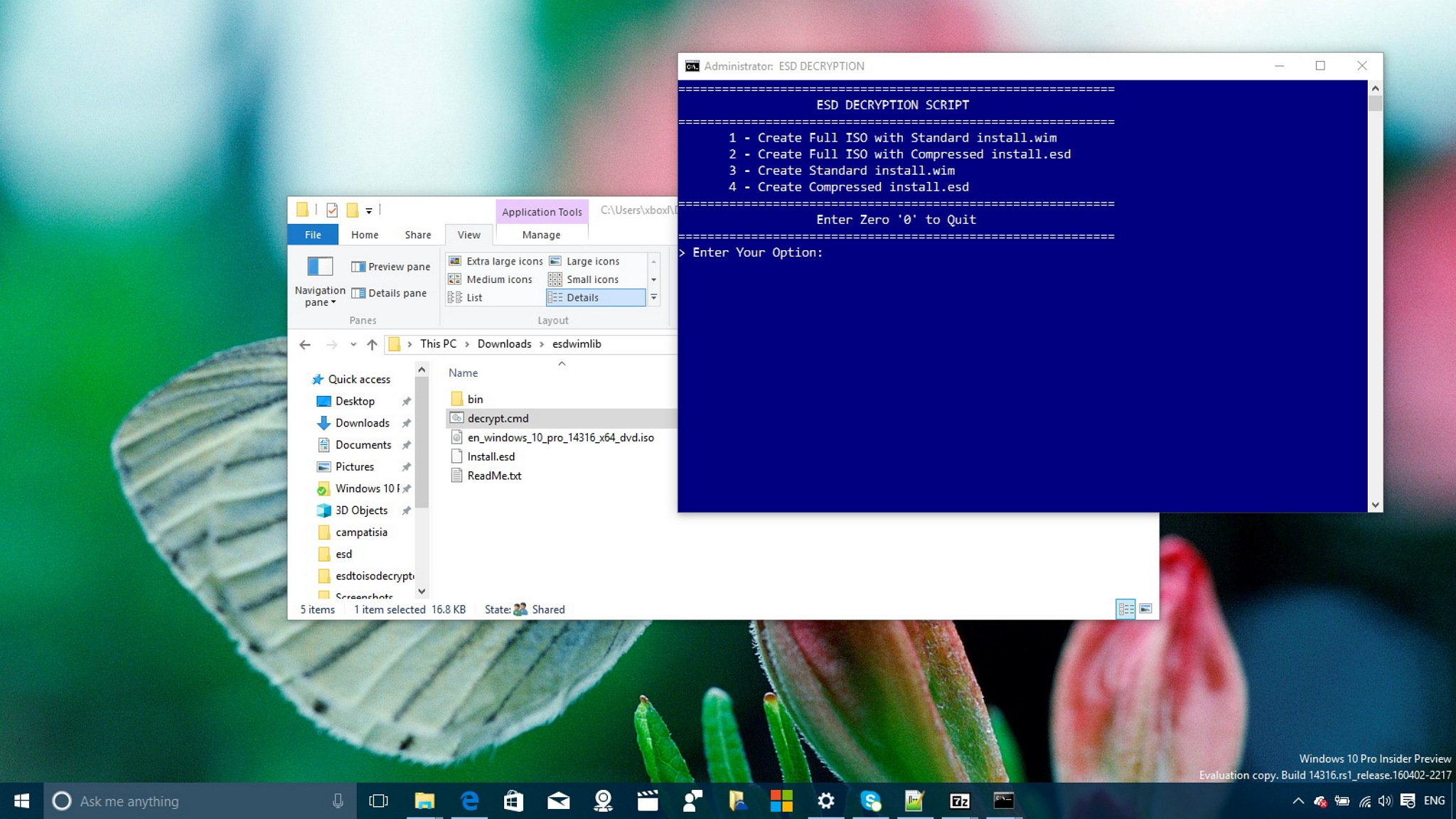






No comments:
Post a Comment
Note: Only a member of this blog may post a comment.